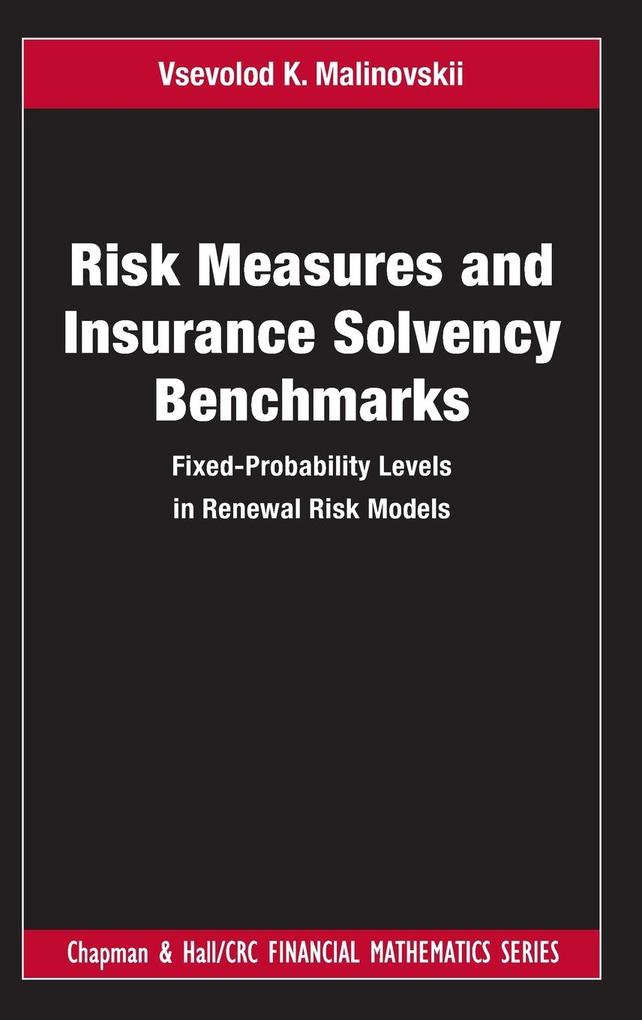This book is written for academics and practitioners who are concerned about potential weaknesses of the Solvency II regulatory system. It is also intended for readers who are interested in pure and applied probability and have a taste for classical and asymptotic analysis.
Inhaltsverzeichnis
1. Risk measures in finance and insurance. 1.1. Risk measures in finance and portfolio management. 1.2. Risk measures in Solvency II system. 1.3. Risk measures in risk theory. 1.4. Aim and structure of the book. 1.5. Readers, to whom this book is addressed. Problems. 2. Fixed-probability level in a diffusion model. 2.1. Diffusion model: an auxiliary tool. 2.2. Direct level-crossing problem. 2.3. Inverse level-crossing problem. 2.4. Asymptotic behaviour of fixed-probability level. 2.5. Primary upper bounds on fixed-probability level. 2.6. Elaborated upper bounds on fixed-probability level. 2.7. Conclusions and perspectives. Problems. 3. Fixed-probability level in an exceptional renewal model. 3.1. Exponential renewal model: an exceptional case. 3.2. Direct level-crossing problem. 3.3. Inverse level-crossing problem. 3.4. Asymptotic behaviour of fixed-probability level. 3.5. Primary upper bounds on fixed-probability level. 3.6. Elaborated upper bounds on fixed-probability level. 3.7. Conclusions. Problems. 4. Implicit function defined by M-equation. 4.1. Analytical properties of core integral expression. 4.2. Proximity between Mu;c(t) and Mu;c(t j v). 4.3. Analytical properties of M-level. Problem. 5. Fixed-probability level in general renewal model. 5.1. General renewal model: main framework. 5.2. Direct level-crossing problem. 5.3. Inverse level-crossing problem. 5.4. Primary upper bounds on fixed-probability level. 5.5. Proximity to M-level. 5.6. Conclusion. Problem. 6. Case study: numerical evaluation of fixed-probability Level. 6.1. Distributions of T and Y selected for numerical calculations. 6.2. Simulation in level-crossing problems. 6.3. Numerically calculated bounds on the fixed-probability level. 6.4. Conclusion. Problems. 7. Probability mechanism of insurance with migration and ERS-analysis. 7.1. Structural model of insurance business: origin and purpose of ERS-analysis. 7.2. Price competition, migration, and market price. 7.3. Compound Poisson risk model with migration. 7.4. ERS-analysis, when Y is exponentially distributed. 7.5. ERS-analysis, when Y is generally distributed. 7.6. Conclusions. Problems. A. Auxiliary results from analysis. B. Auxiliary results from probability. List of Notations. Notes and Comments. Bibliography. Index.
